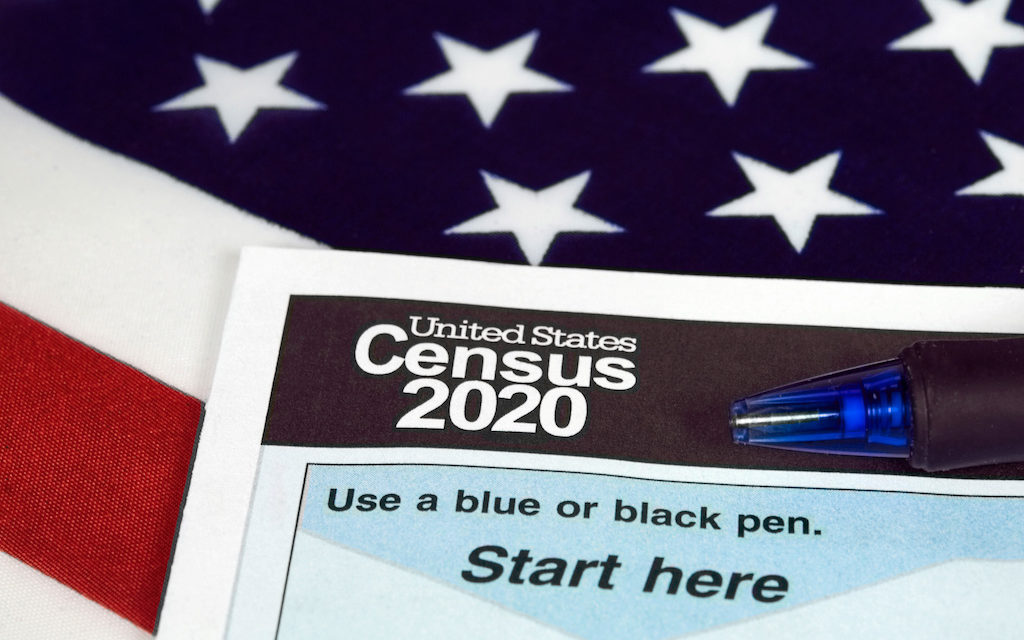Some people might think the 2020 Census is boring and they might want to opt out of it but this week, this month and this year Guilford County government is doing everything it can think of to get area residents to fill out the forms and provide answers to census takers when asked.
On Thursday, Jan. 30, Guilford County sent out a press release encouraging everyone to participate in the 2020 Census and explaining why it’s vital to do so. This is just one of many measures the county has taken to promote the once a decade practice that goes a long way in determining an area’s degree of political representation, amount of financial benefits and many other opportunities when local, state and federal governments implement programs.
Guilford County Manager Marty Lawing has been highly focused on the census since early 2019, and he – with the blessing of the Guilford County Board of Commissioners – created the largest county committee in history to help promote the census and get the word out to the public that answering the questions will not be a threat to anyone who answers, no matter what their circumstances.
The Thursday press release from the county tells people what to expect in the coming months. In March, all households will receive a Census survey letter or a postcard, and they will receive reminders in the mail later that month. Those who don’t respond will receive more reminders in April as well as another survey. In May and June, follow up begins by phone call and in-person visits.
While some county residents might not like answering personal questions from strangers, county officials say it’s important that the county be fully represented and that accurate answers are given. They state in the press release that those answers could affect the number of hospitals, fire departments, schools and even roads and highways in the county and in your part of the county.
“The census is more than just a headcount—it can shape many different aspects of Guilford County,” the press release reads.
Specifically, the census results are used to help determine:
- How more than $675 billion a year ($4 trillion over the past decade) is distributed to state and local governments. These funds are spent on “schools, hospitals, roads, public works and other vital programs.”
- The number of seats each state gets in Congress. The Census is constitutionally mandated for re-apportionment of Congress.
- How state and local officials draw boundaries for congressional districts, state legislative districts and school districts.
- Forecasting future transportation needs.
- Determining the areas eligible for housing assistance and rehabilitation loans.
- Assisting tribal, federal, state and local governments in planning and implementing programs and services in education, healthcare, transportation, social services, emergency response – and even designing facilities for people with disabilities, the elderly and children.

